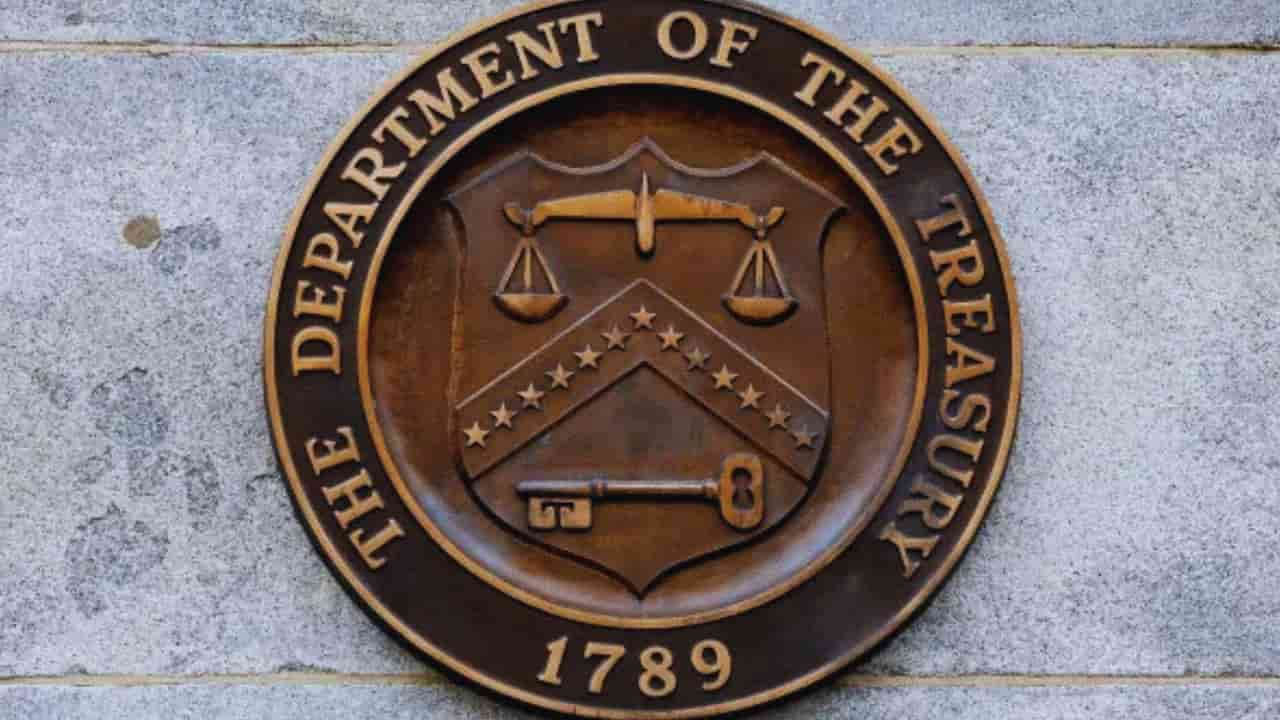America’s $35 Trillion IOU: What It Means for Your Wallet
The US national debt just hit a staggering $35 trillion. That’s a number so big it’s difficult to wrap your head around. But what does it actually mean for everyday Americans? Let’s break it down.
The debt mountain keeps growing
On October 14, 2024, the US debt clock ticked past $35.7 trillion. That’s like maxing out a credit card with no limit. And it’s not slowing down.
No matter who wins the upcoming election, the debt will keep climbing. Experts say it could jump by $3.5 trillion in the next decade if Vice President Harris takes office. If former President Trump wins, it might balloon by $7.5 trillion—or even $15.2 trillion in some scenarios.
What’s Causing This Debt Explosion?
Simply put, the government spends more than it earns. In 2023, Uncle Sam spent $6.1 trillion but only took in $4.4 trillion. That’s a $1.7 trillion gap.
Where does all that money go? Here’s a quick breakdown:
- Social Security: $1.32 trillion
- Medicare: $832 million
- Medicaid and Obamacare: $707 million
- Other mandatory programs: $893 million
And don’t forget about interest payments. We expect to spend $892 billion in 2024 just to cover the interest on our debt. That’s more than we spend on defense!
What Does This Mean for You?
Let’s put this massive number in perspective:
- Each American household now owes $266,000 of this debt.
- That’s $104,000 for every man, woman, and child in the country.
- If every household chipped in $1,000 a month, it would take 22 years to pay off.
The debt is so large that it surpasses the combined economies of China, Germany, Japan, India, and the UK.
The Debt Dilemma: A Bipartisan Problem
Both major parties have plans that could potentially worsen the debt.
- Trump’s team says tariffs on other countries could bring in $2.7 trillion. But his proposed tax cuts could cost $9.2 trillion. Add in $350 million for border security, and the math doesn’t add up.
- Harris wants $4.6 trillion in tax cuts. She hopes to offset this with $4 trillion from higher corporate taxes. But that still leaves a gap.
The Committee for a Responsible Federal Budget warns: “Debt would continue to grow faster than the economy under either candidate’s plans.”
What Can Be Done?
Fixing this problem won’t be easy. It will take tough choices and compromise from both parties. Some ideas experts have suggested:
- Cut spending on big-ticket items like defense or entitlement programs.
- Raise taxes, especially on high earners and corporations.
- Grow the economy faster to increase tax revenue.
- Reform major programs to make them more efficient.
The Bottom Line
The national debt isn’t just a number on a screen. It affects everything from interest rates on your loans to the government’s ability to respond to crises. As we head into the next election, it’s crucial to understand what’s at stake.
Remember, this debt belongs to all of us. And unless something changes, we’ll be passing an even bigger bill to future generations.
As voters, we need to push our leaders for real solutions. The debt clock is ticking, and ignoring it won’t make it go away.
Table of Contents
